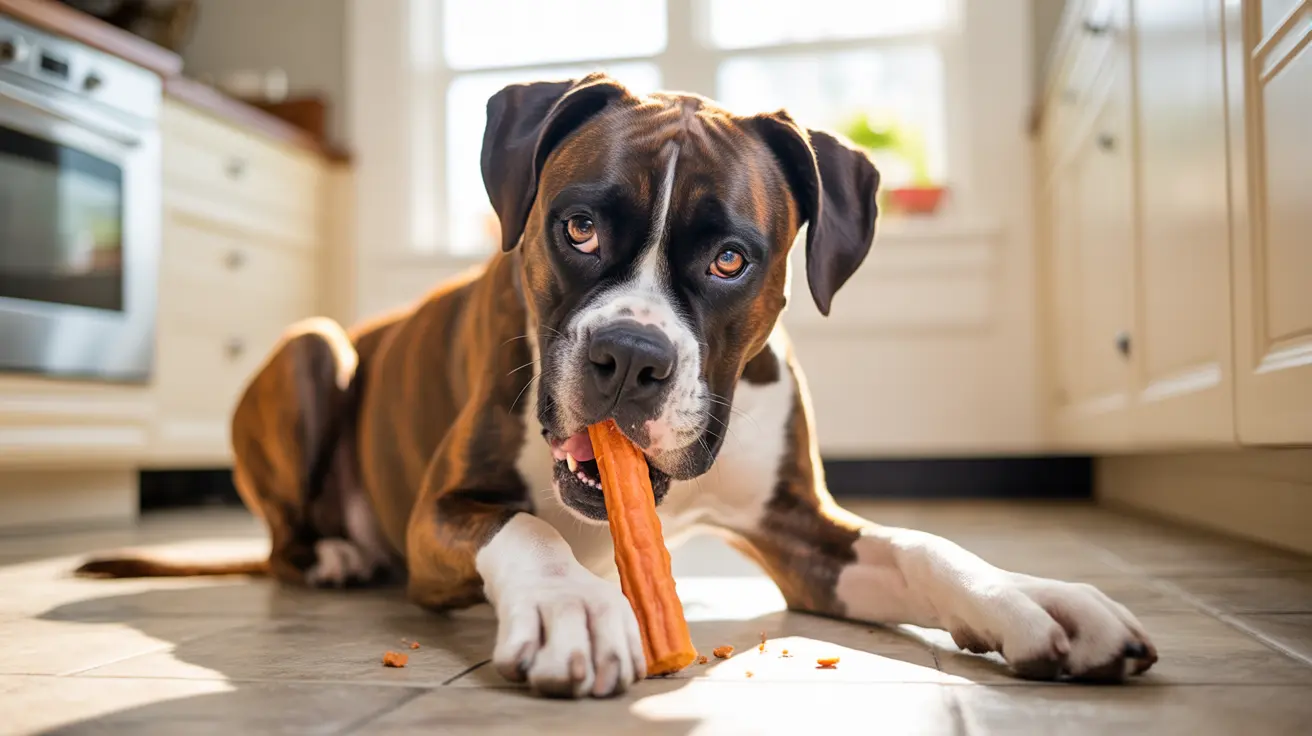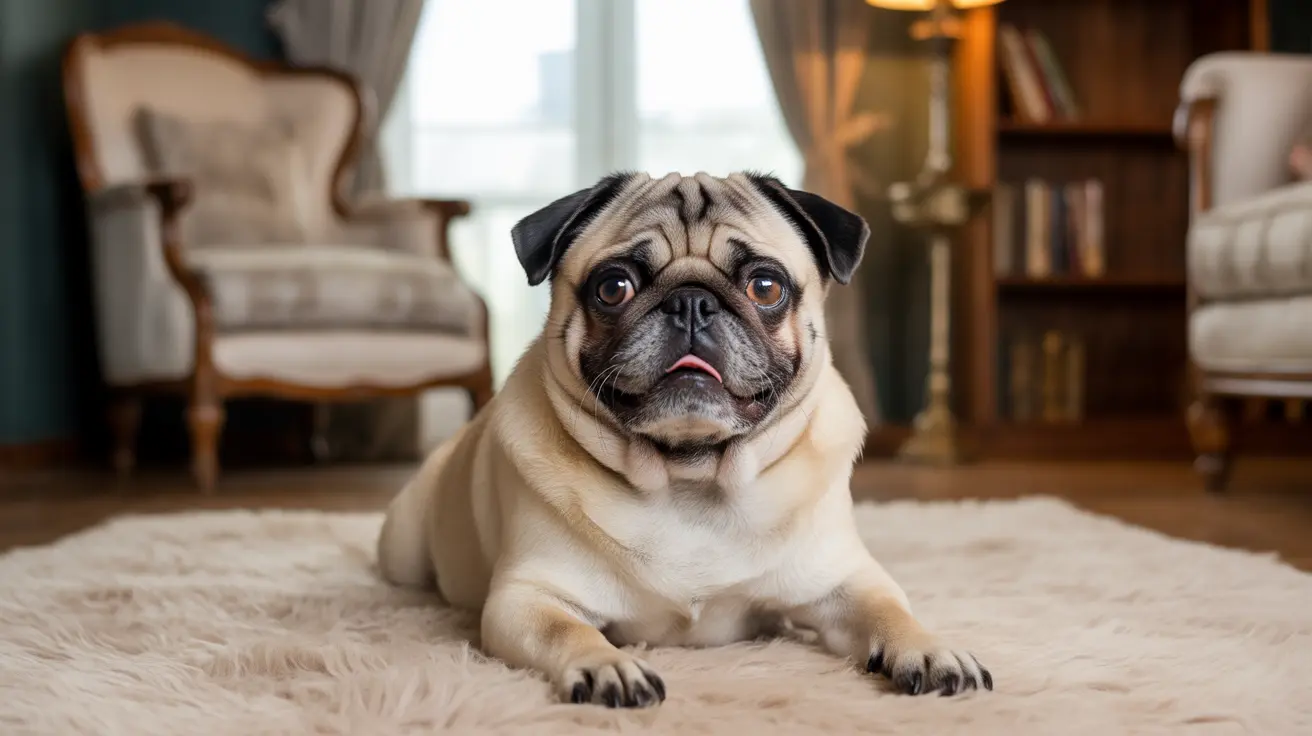How to Safely Convert Dog Poop into Fertilizer
Turning dog waste into usable fertilizer might appear to be a smart way to recycle pet waste, but it's essential to understand the **health risks**, **environmental concerns**, and **proper methods** before proceeding. Unlike herbivore manure from cows or horses, **dog feces contain harmful bacteria, parasites, and high nitrogen levels**, making it inappropriate for direct application in most gardens. However, with careful management, it is possible to repurpose dog waste into a safe soil amendment for non-edible plants.
Why Dog Poop Is Not Suitable for Direct Fertilizer Use
1. Pathogens and Parasites
- Dog waste harbors pathogens like E. coli, salmonella, and fecal coliforms.
- It often contains parasites such as hookworms, roundworms, and giardia.
- These organisms can survive in soil for months and contaminate nearby plants and water sources.
2. Incompatible Nutrient Content
- High in nitrogen and phosphorus, dog waste may disrupt plant growth.
- Excess nitrogen causes lush grass at first, followed by yellowing and breakdown of plant tissue.
3. Environmental Pollution
- Runoff from dog poop can pollute lakes, rivers, and other water ecosystems.
- It decomposes slowly, producing unpleasant odors and low soil benefit during breakdown.
Safe Composting Techniques for Dog Waste
While direct application is unsafe, dog poop can be composted under the right conditions:
Key Composting Requirements:
- Compost must reach at least 60°C (140°F) for three consecutive days to kill pathogens.
- Use a specialized pet-waste composter or a commercial composting facility.
- Never use composted dog waste on edible plants—only for ornamental shrubs or flowers.
Materials Needed:
- Dog waste (nitrogen-rich component)
- Carbon-rich material: dry leaves, sawdust, or shredded newspaper
- Gloves and designated scoopers for safe handling
Steps for Composting Dog Poop:
- Use a 2:1 ratio of carbon (browns) to nitrogen (dog feces).
- Place compost in a well-ventilated, isolated area with a secure lid.
- Turn the pile regularly to ensure even heating and oxygen distribution.
- Allow compost to sit for 6–12 months before using.
- Verify there’s no strong odor and only use on non-edible plants.
Alternatives to Composting Dog Waste
If composting is not feasible, consider the following safe disposal options:
- Trash Disposal: Bag the poop securely and dispose of it in outdoor trash according to local regulations.
- Flush It: In areas where permitted, flushing dog poop (without bag) down the toilet sends it to treatment plants that neutralize pathogens.
- Burial: Deep burial (12 inches or more) away from water supplies, gardens, and digging animals is a last-resort method.
Critical Rules:
- Always clean dog waste promptly to prevent spreading diseases via lawn mowers or foot traffic.
- Never assume natural environments can safely break down dog feces; domestic dog populations are too large for natural absorption.
Common Mistakes to Avoid
- Using dog poop compost on fruit or vegetable crops
- Composting at backyard temperatures too low to kill pathogens
- Leaving dog waste on the ground, risking waterway pollution
Conclusion
While **dog poop is not suitable as a direct garden fertilizer**, with the right high-heat composting techniques and responsible handling, it can become a useful soil amendment for non-edible landscaping. Always use caution, prioritize health and environmental safety, and explore specialized composting tools or professional disposal services when converting dog waste.





